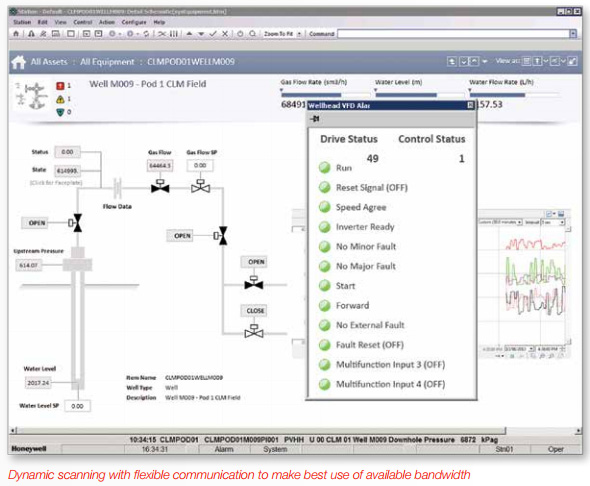
- #Honeywell plc programming software free download manuals#
- #Honeywell plc programming software free download manual#
- #Honeywell plc programming software free download code#

#Honeywell plc programming software free download code#
Performance of compiled code competitive with that of Fortran (but this was not achieved).The language's scope of usefulness grew to include system programming and event-driven programming. Competitiveness with COBOL's record handling and report writing was required. The goals for PL/I evolved during the early development of the language. The Standard for PL/I was approved in 1976. The first compiler was delivered in 1966.
#Honeywell plc programming software free download manuals#
These manuals were used by the Multics group and other early implementers. IBM continued to develop PL/I in the late sixties and early seventies, publishing it in the GY33-6003 manual. C28-6571" written in New York from 1965 and superseded by "PL/I Language Specifications.
#Honeywell plc programming software free download manual#
The language was first specified in detail in the manual "PL/I Language Specifications. This led in turn to one of the first large scale Formal Methods for development, VDM.įred Brooks is credited with ensuring PL/I had the CHARACTER data type. A project was set up in 1967 in IBM Laboratory Vienna to make an unambiguous and complete specification. The experience of defining such a large language showed the need for a formal definition of PL/I. The SHARE and GUIDE user groups were involved in extending the language and had a role in IBM's process for controlling the language through their PL/I Projects.

Control of the PL/I language was vested initially in the New York Programming Center and later at the IBM UK Laboratory at Hursley. IBM took NPL as a starting point and completed the design to a level that the first compiler could be written: the NPL definition was incomplete in scope and in detail. The first definition appeared in April 1964. This acronym conflicted with that of the UK's National Physical Laboratory and was replaced briefly by MPPL (MultiPurpose Programming Language) and, in 1965, with PL/I (with a Roman numeral "I"). Given the constraints of Fortran, they were unable to do this and embarked on the design of a new programming language based loosely on ALGOL labeled NPL. Scientific users group, to propose these extensions to Fortran. In October 1963 a committee was formed composed originally of three IBMers from New York and three members of SHARE, the IBM It hoped that Fortran could be extended to include the features needed by commercial programmers. Similarly, IBM wanted a single programming language for all users. The IBM System/360 (announced in 1964 and delivered in 1966) was designed as a common machine architecture for both groups of users, superseding all existing IBM architectures. Business users were moving from Autocoders via COMTRAN to COBOL, while scientific users programmed in Fortran, ALGOL, GEORGE, and others. In the 1950s and early 1960s, business and scientific users programmed for different computer hardware using different programming languages.



 0 kommentar(er)
0 kommentar(er)
